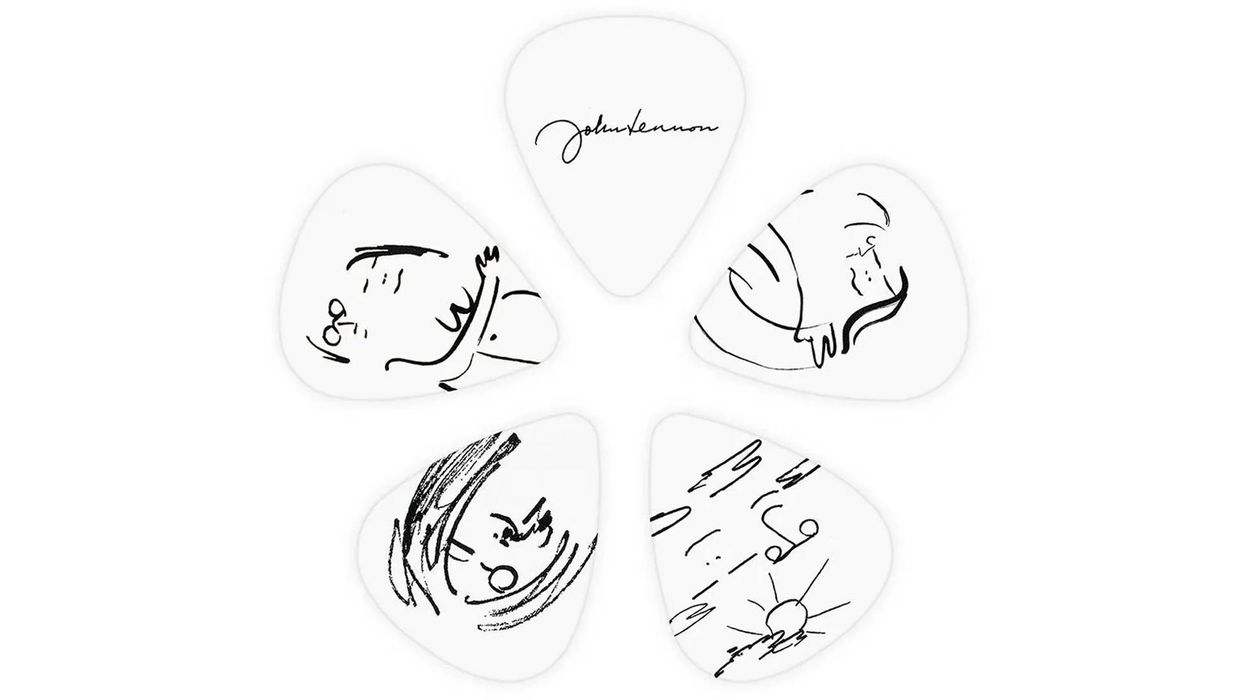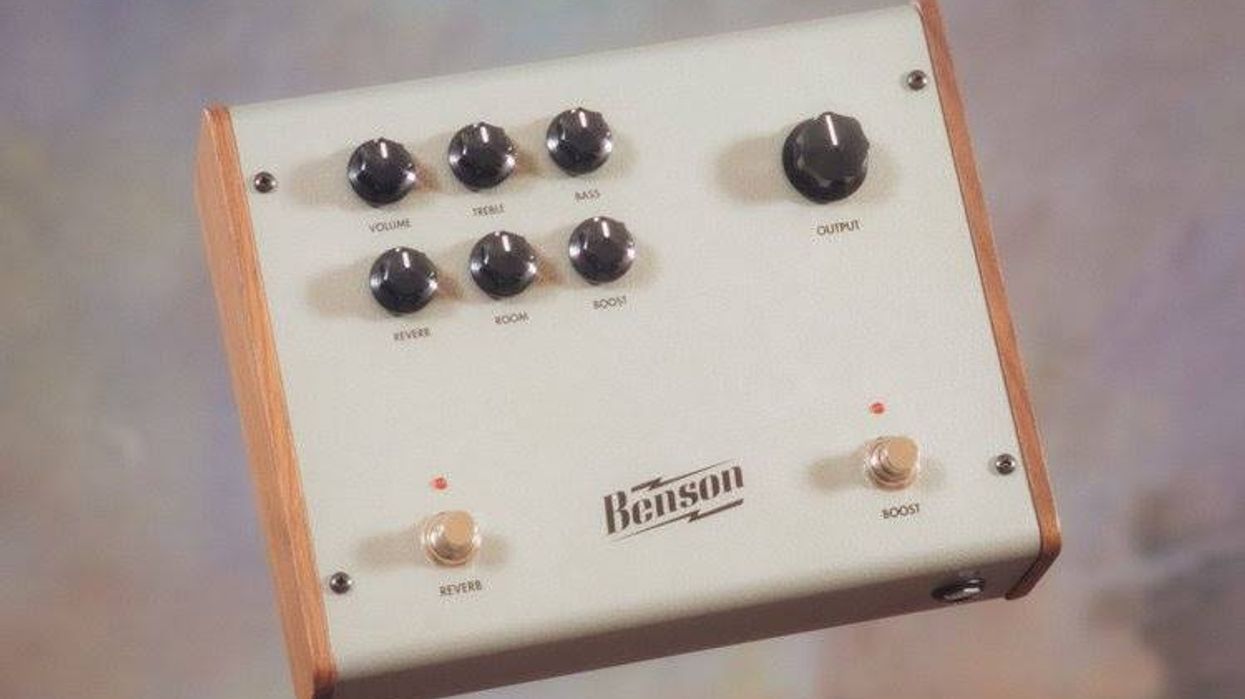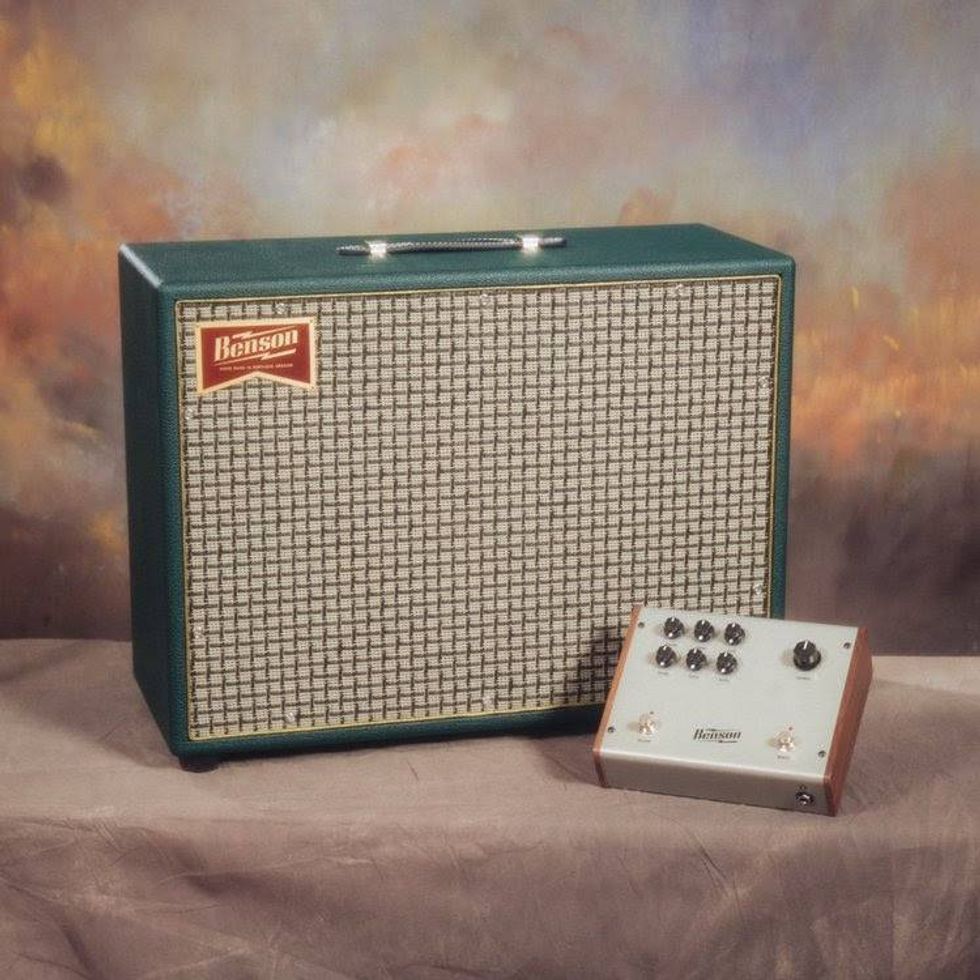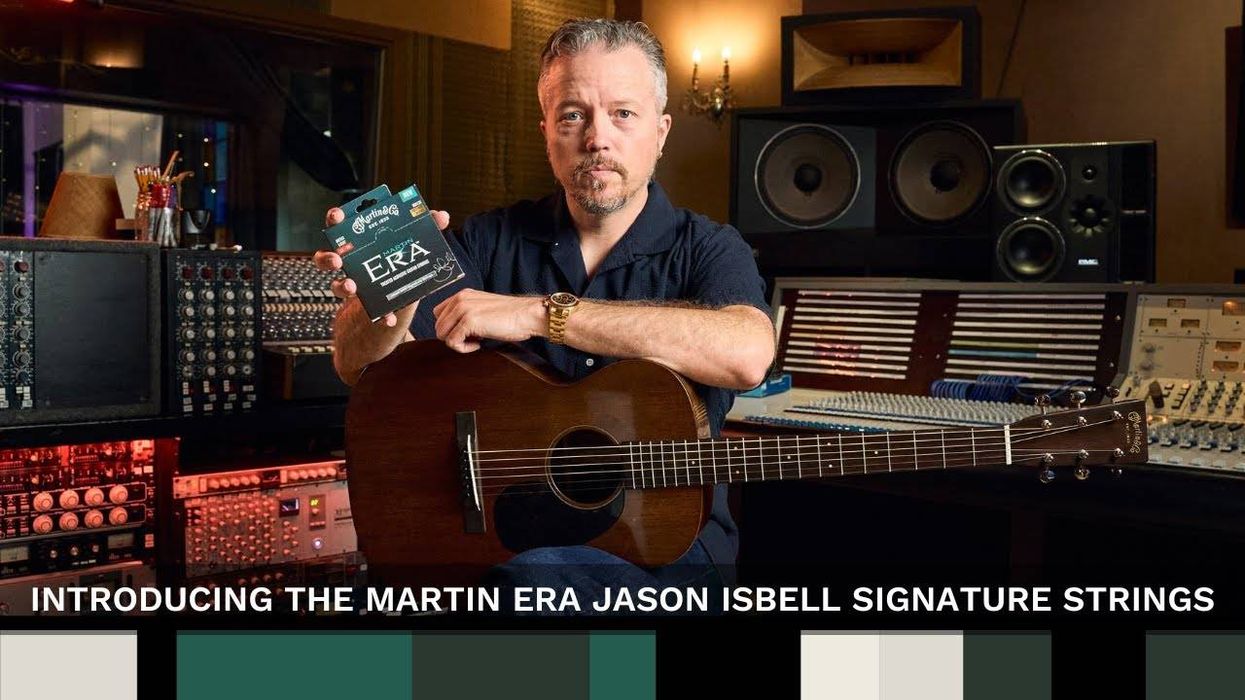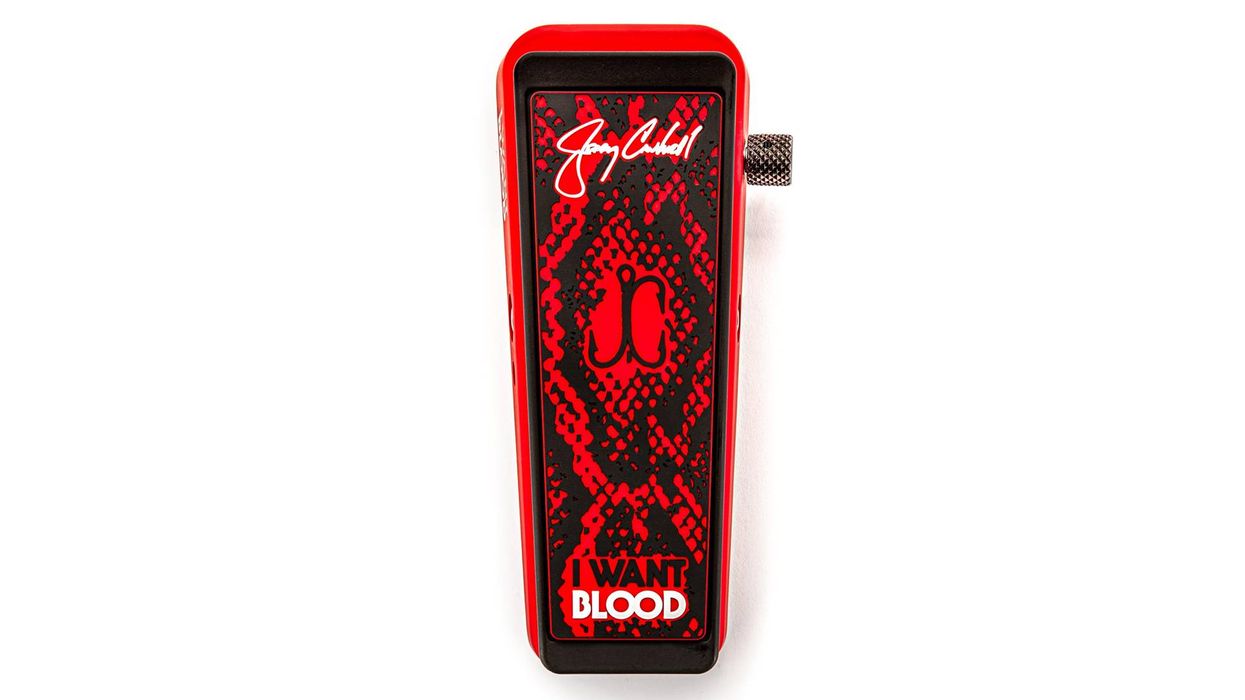The Solid State Preamplifier features the ‘normal’ and ‘saturated’ channels of the original amp as foot-switchable tone modes, as well as an added ‘thick’ switch that provides heavy low end and added gain.
In a 2021 interview, a relatively overlooked low-wattage practice amp was revealed to be a studio's secret weapon for achieving wiry and aggressive tones for guitar, bass, and even drums and vocals. The latest release from Acorn Amplifiers, the Solid State Preamplifier, is a recreation of the preamp of that highly sought-after amp, which has been packed into a slim pedal enclosure and loaded with features. Also, without the added cost of the power amp circuitry, the Solid State Preamplifier is nearly half of the price of the original Acorn Solid State Amp/Preamp.
Features Include:
- Two foot-switchable tone channels - ‘normal’ for wiry, sparkling clean drive & ‘saturated’ for aggressive gain
- Toggle switch to add ‘thick’ low end, added gain, and a signal boost
- Pedalboard-friendly compact design assembled in a 1590B aluminum enclosure
- True bypass and powered by 9-18VDC pedal power. Consumes less than100mA of current

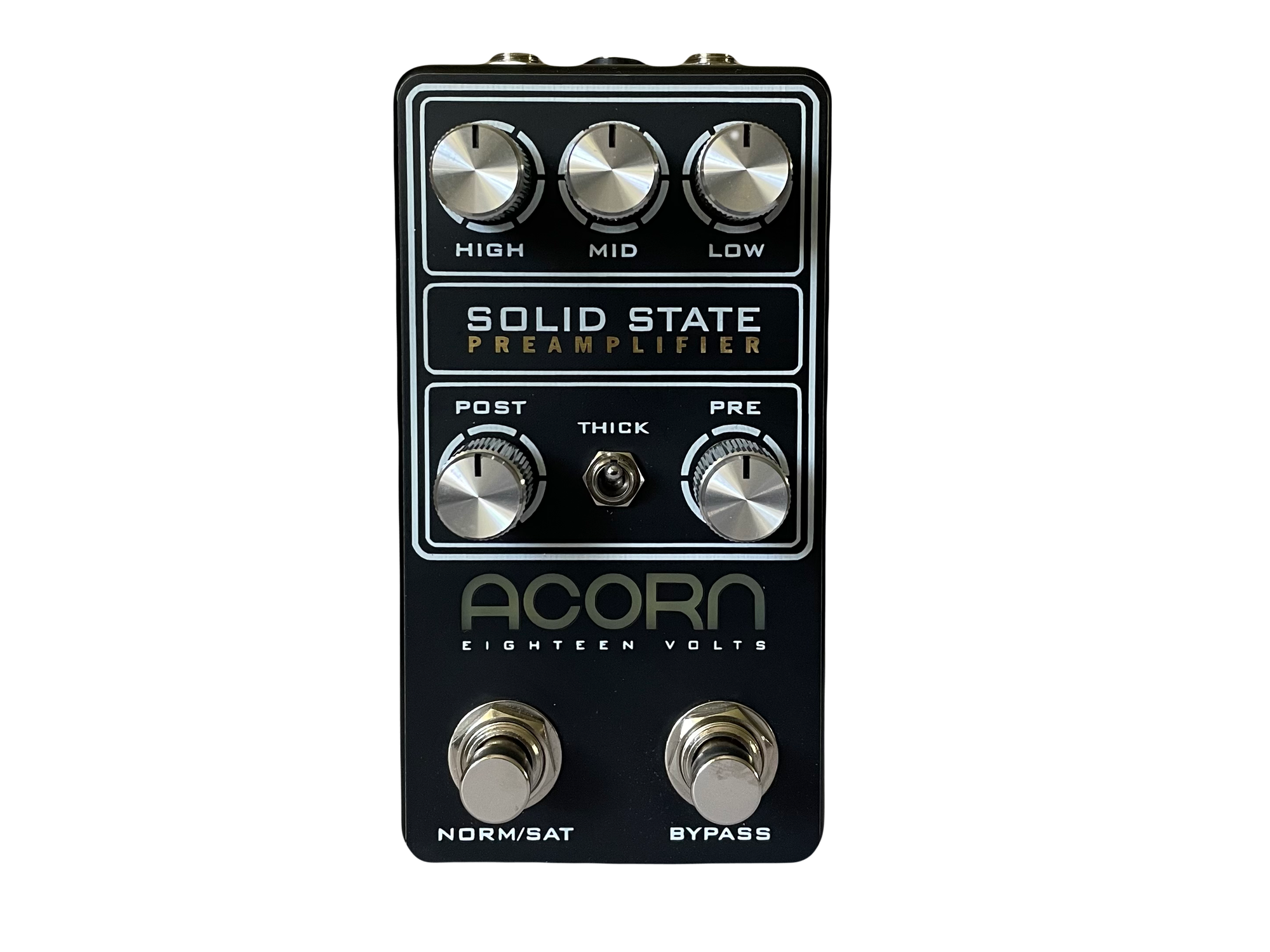
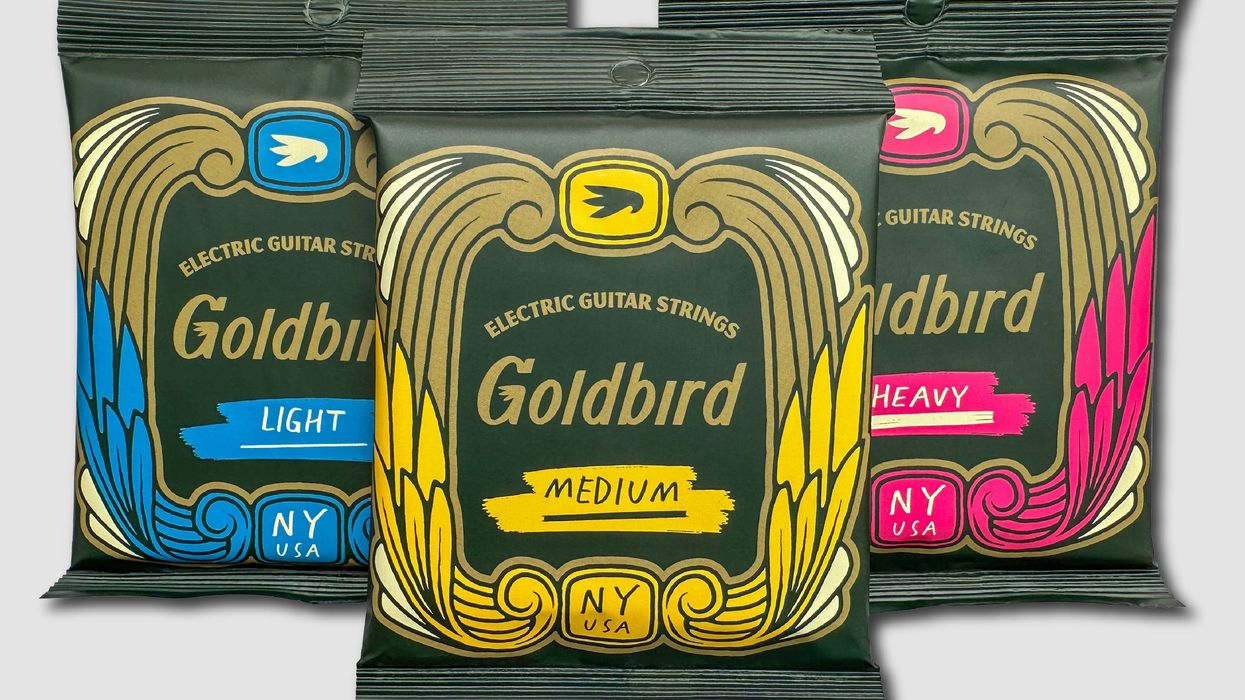
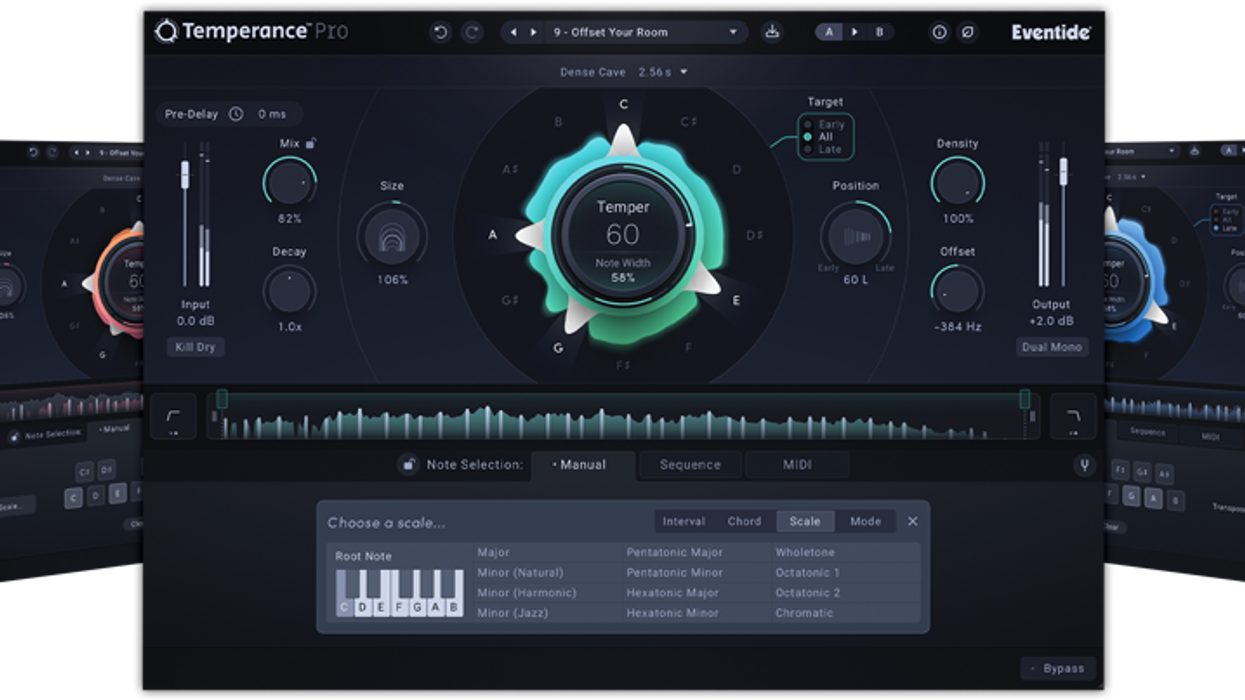
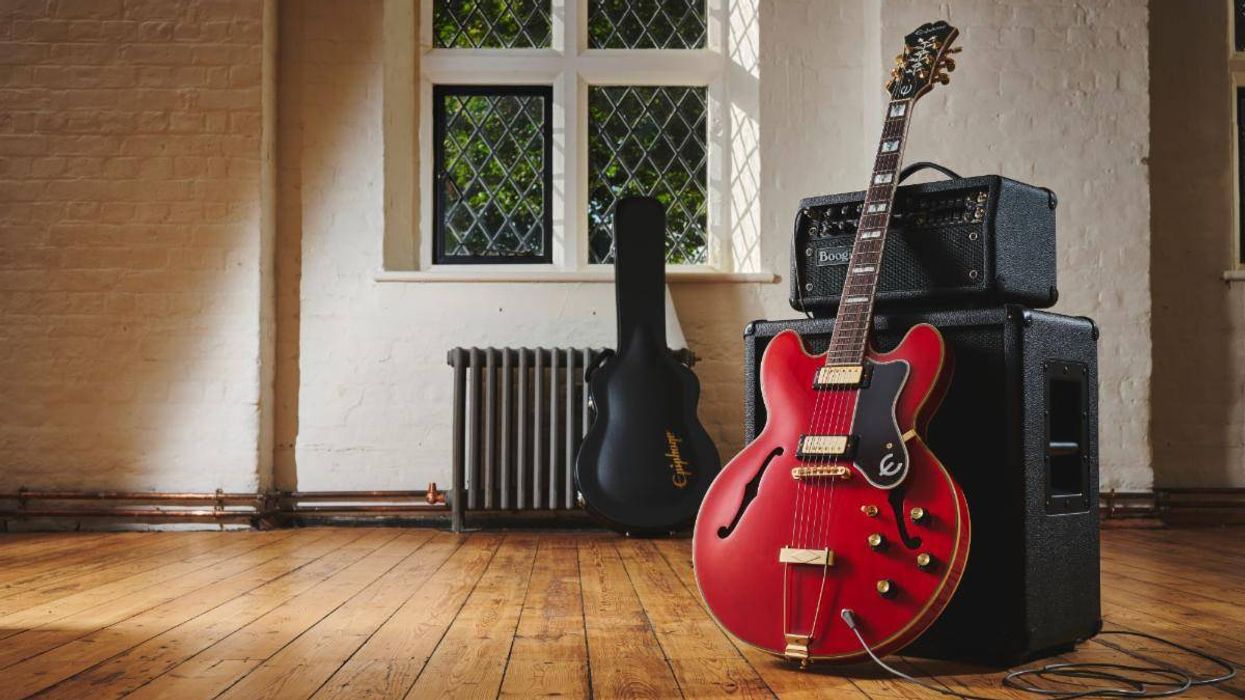

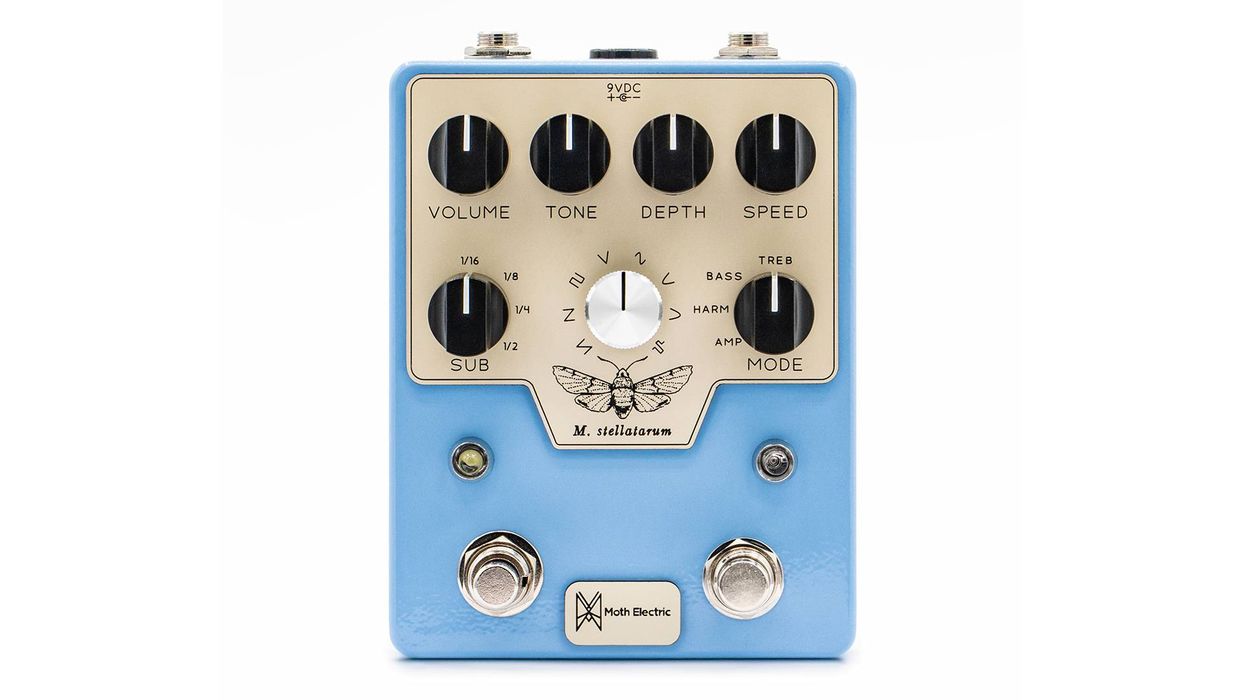
![Devon Eisenbarger [Katy Perry] Rig Rundown](https://www.premierguitar.com/media-library/youtube.jpg?id=61774583&width=1245&height=700&quality=70&coordinates=0%2C0%2C0%2C0)





